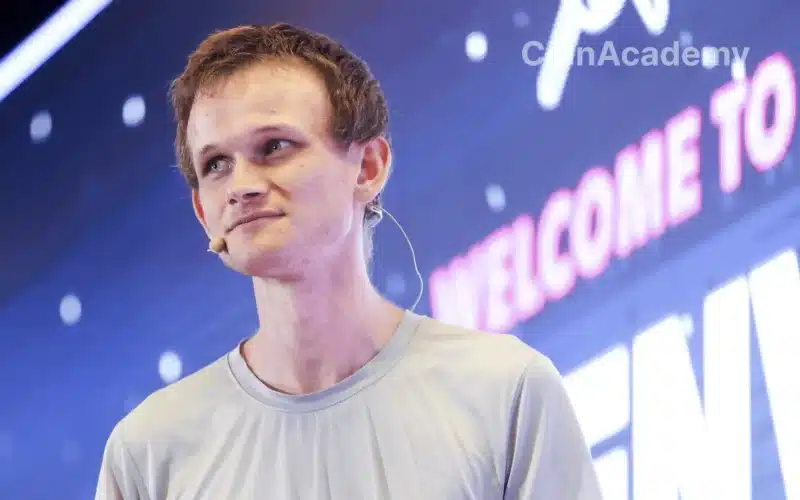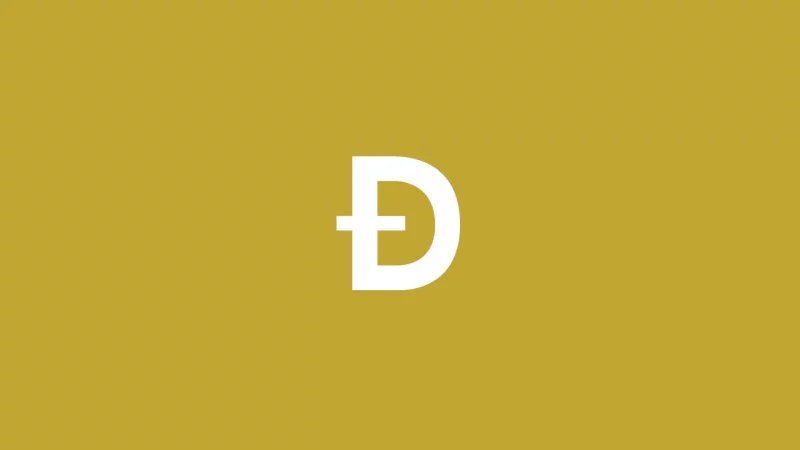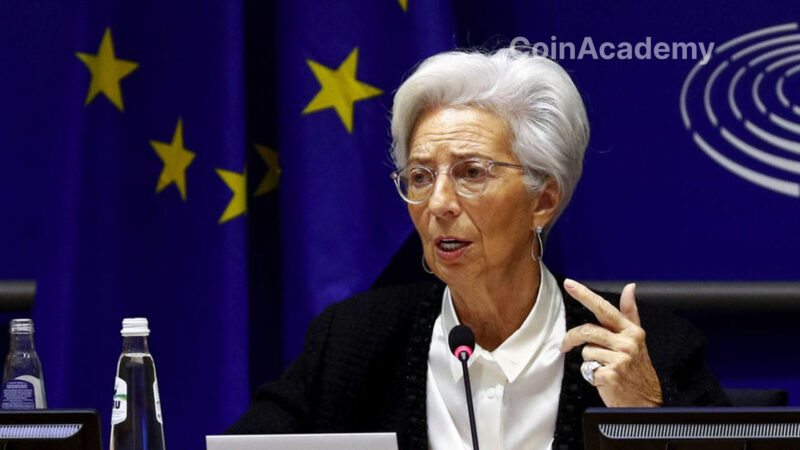The Ethereum community had eagerly marked September 15 on their calendars, a date intended to commemorate Ethereum’s historic transition to a more eco-friendly proof-of-stake blockchain one year ago. The day was set for the launch of the Holesky testnet, but misconfiguration issues thwarted the plan. Developers, not wanting to compromise the integrity of what is envisioned as a sustainable network, chose to delay its launch. Parithosh Jayanthi, a devops engineer at the Ethereum Foundation, emphasized the importance of doing things right for a network intended to last for years.
Second Time’s the Charm for the Holesky Testnet
Thursday morning brought hope to the Ethereum community. Developers signaled positive signs regarding the state of the testnet. However, success depends on a crucial “participation” rate that must surpass the 66% threshold. Sighs of relief were audible when, during a live stream by EthStaker, one developer optimistically noted, “It seems like the launch is successful.” This sentiment was humorously echoed by a colleague, “No need to build a third one!”
Holesky is more than just a replacement; it is an upgrade. Aiming to supplant the Goerli testnet, Holesky promises to address the ETH supply concerns of the Goerli testnet and accommodate twice as many validators. Its essential role in the Ethereum ecosystem extends to the imminent Dencun hard fork. Here, the introduction of proto-danksharding, a technique aimed at reducing gas fees, awaits implementation.




